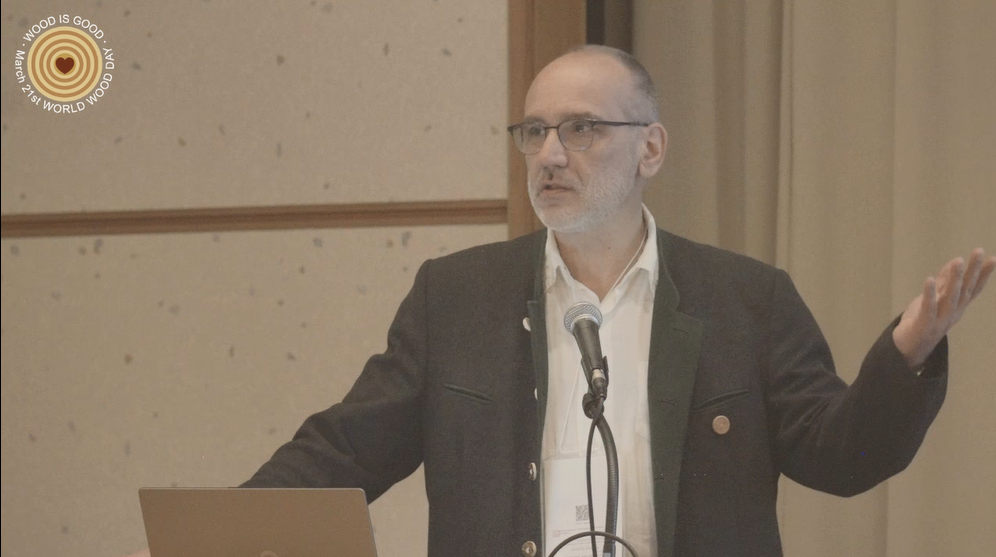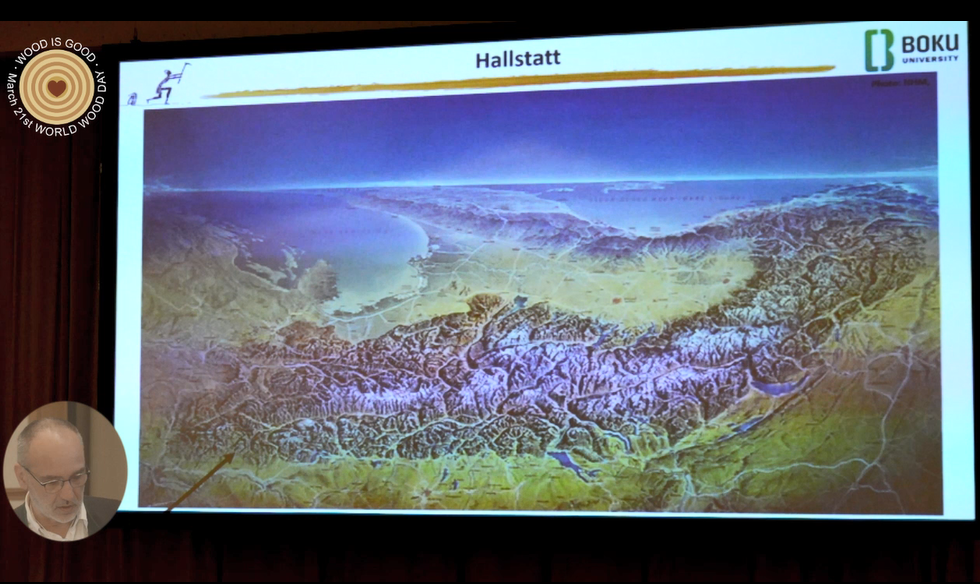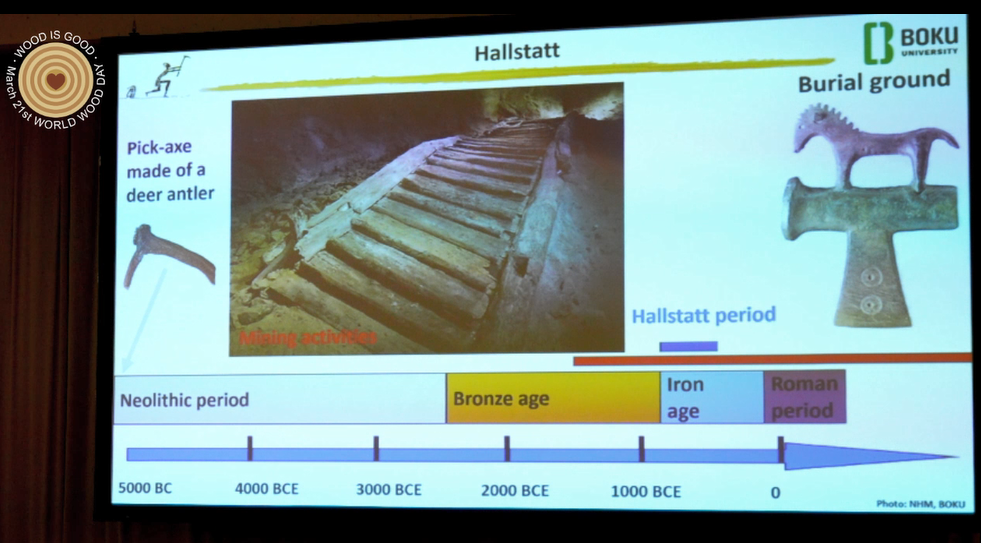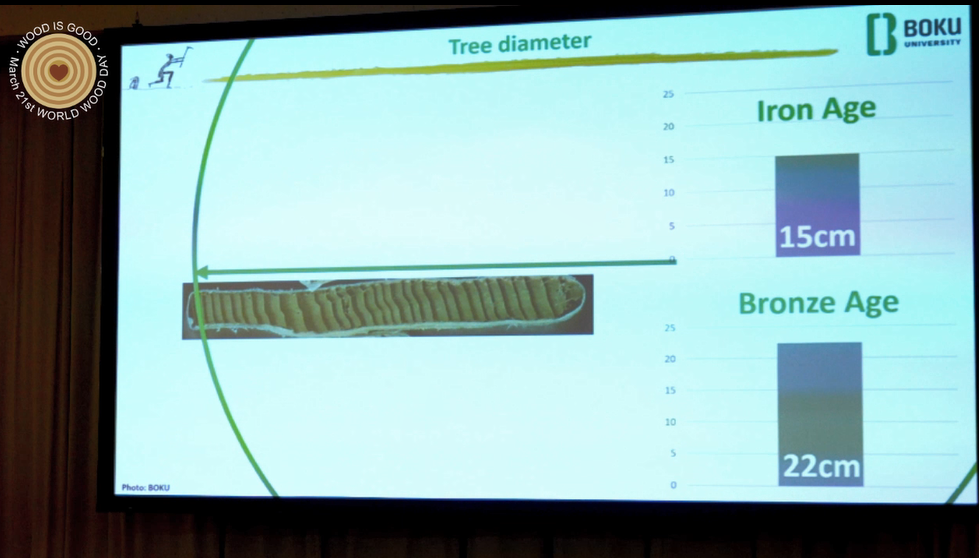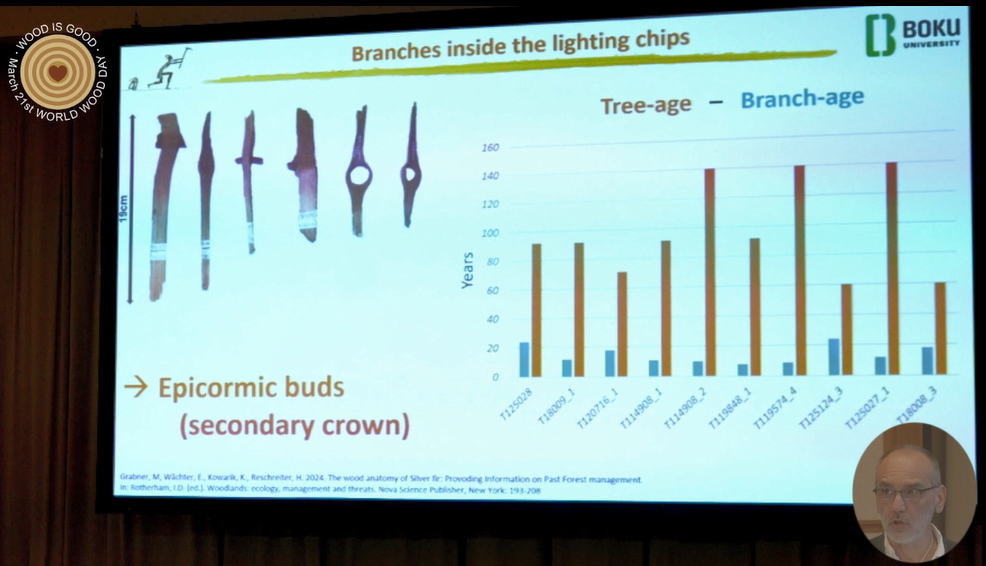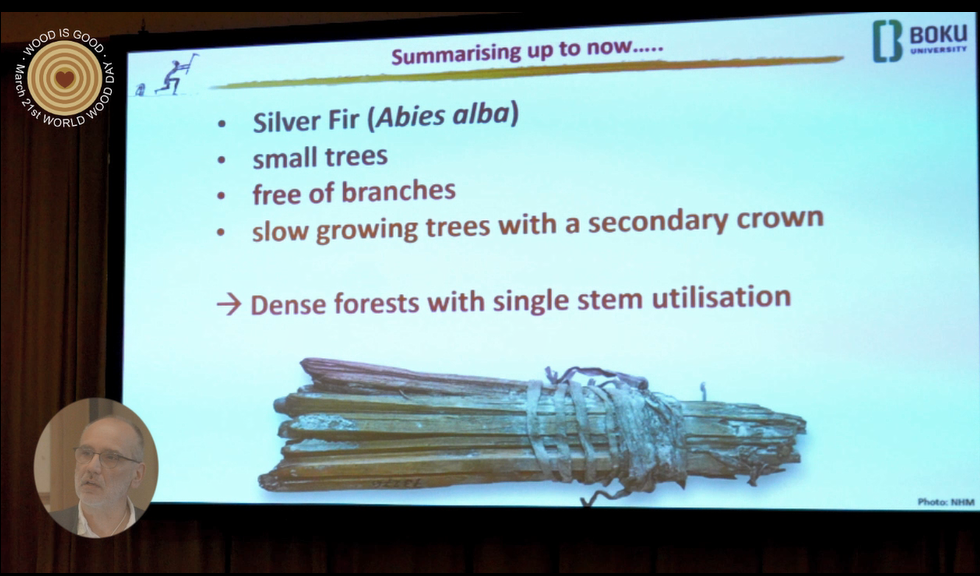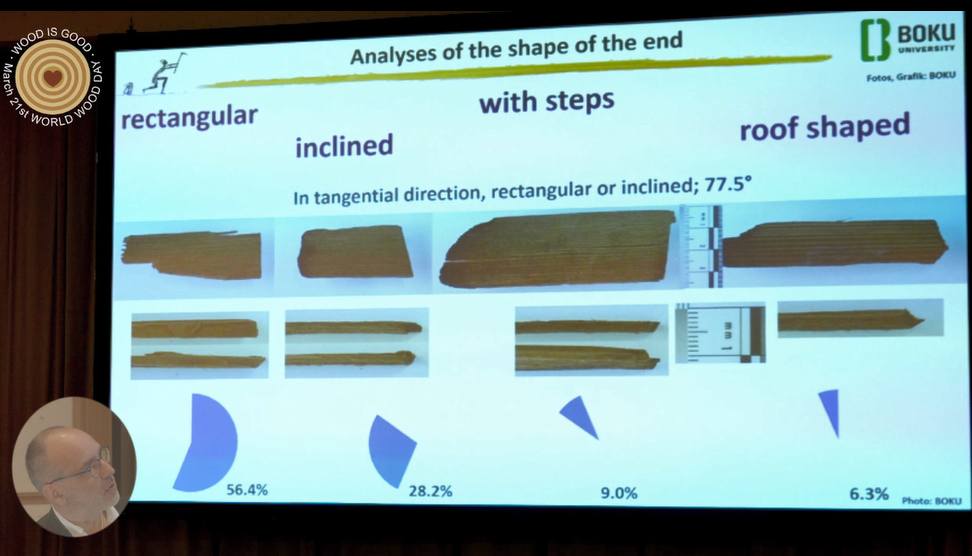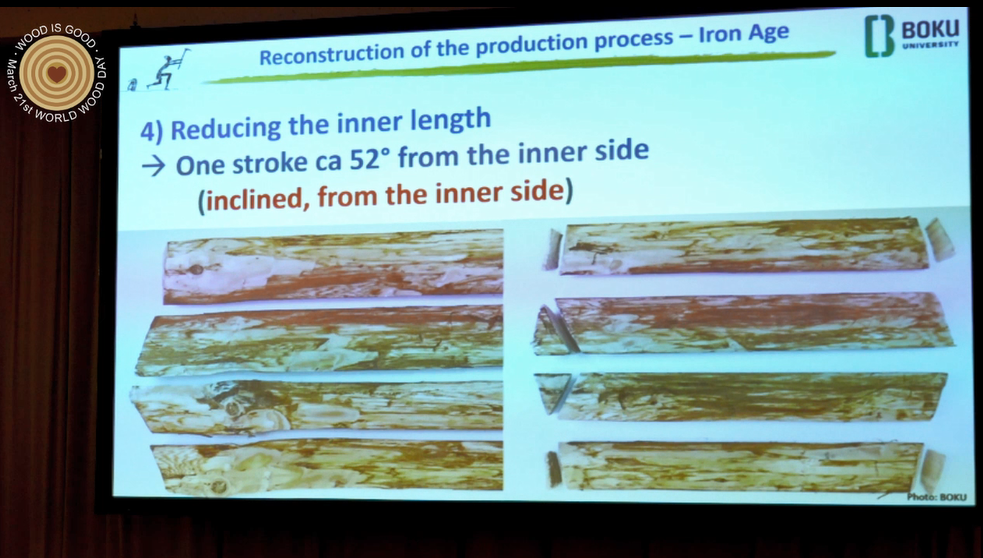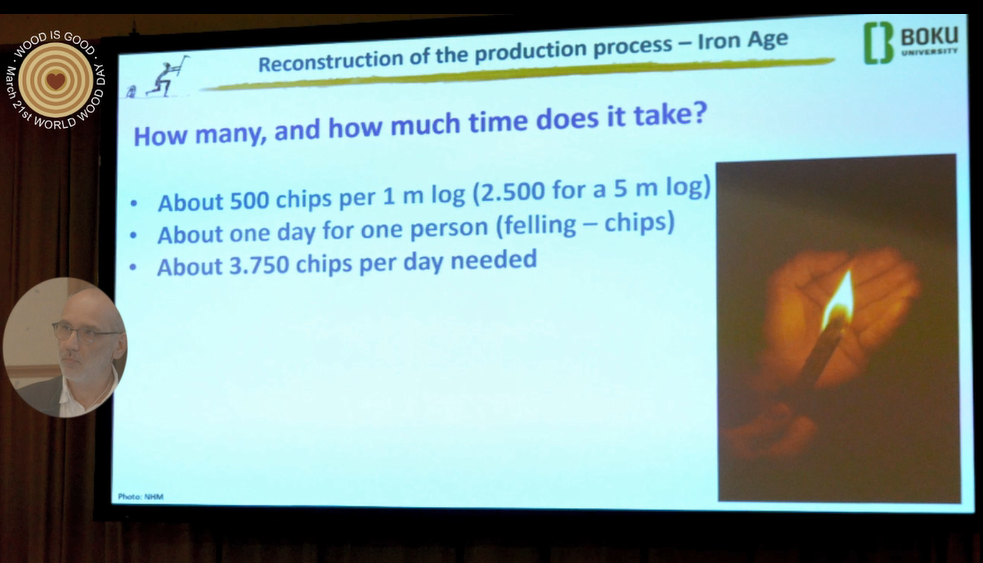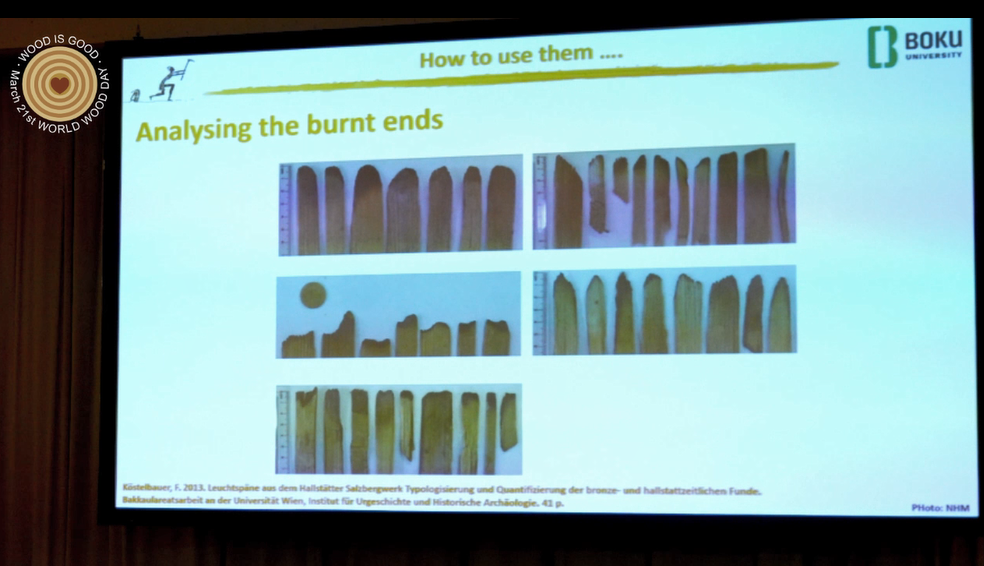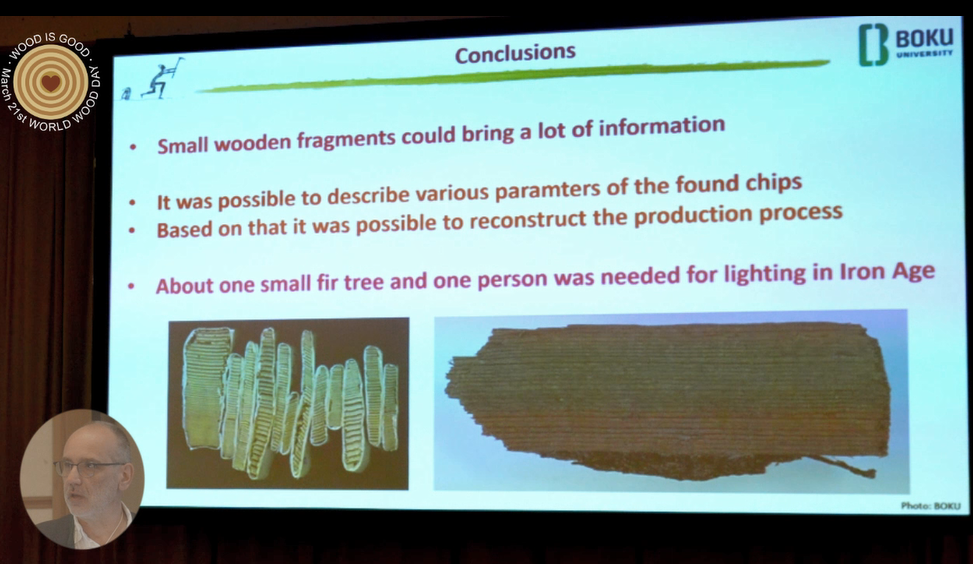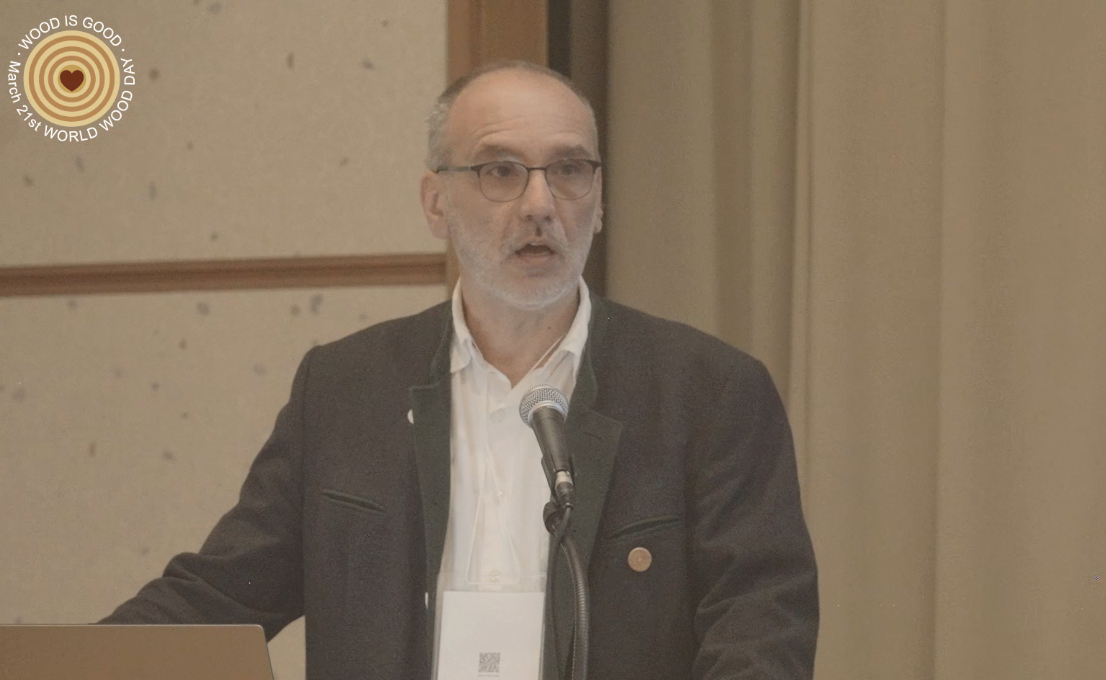会议名称:“2025世界木材日”研讨会暨第七届国际林联(IUFRO)林产品文化研究组讨论会
会议时间:2025年3月18日
报告嘉宾: Michael Grabner
嘉宾单位:奥地利维也纳自然资源与生命科学大学(BOKU)
报告摘要:
Not only has wood been mankind's most widely used building material for tens of thousands of years, and the dominant material for tools, appliances, furniture, transport and tableware, it has also long been the raw material for lighting in many regions. One of the prerequisites for working underground is sufficient light. In Europe, prehistoric miners used lighting chips in large quantities, especially in prehistoric copper and salt mines.
Resin-rich woods - such as pine - were often used for these chips, known as pine chips or fatwood chips. Historically, to increase the combustibility of various types of wood, the chips were soaked in resin or oil-rich substances or nitrated after splitting.
Salt preservation in the mines of Hallstatt, Austria, has resulted in the preservation of a large number of organic objects left behind by prehistoric miners, such as tools and implements made from animal skins, ropes made from grass and lime bast fibres, textiles and numerous wooden artefacts, such as the lighting chips.
As these chips are of great importance for understanding prehistoric mining, numerous analyses have been carried out, including the identification of wood species, dendrochronological dating, the production technique and the way the chips were handled in order to burn them properly.
Almost all the chips were made from fir. The manufacturing process was reconstructed from the characteristics of the chips. This differs considerably between the Iron Age and the Bronze Age. The older chips probably had some kind of pre-fabrication - radial pre-splits, which were no longer used in the Iron Age.
The burning process has been reconstructed. The chips were burned in bundles of four to five, which burned for about 15 to 45 minutes. In other words, about 15 light chips were needed per hour.
责任编辑:iwcs25H


 257
257